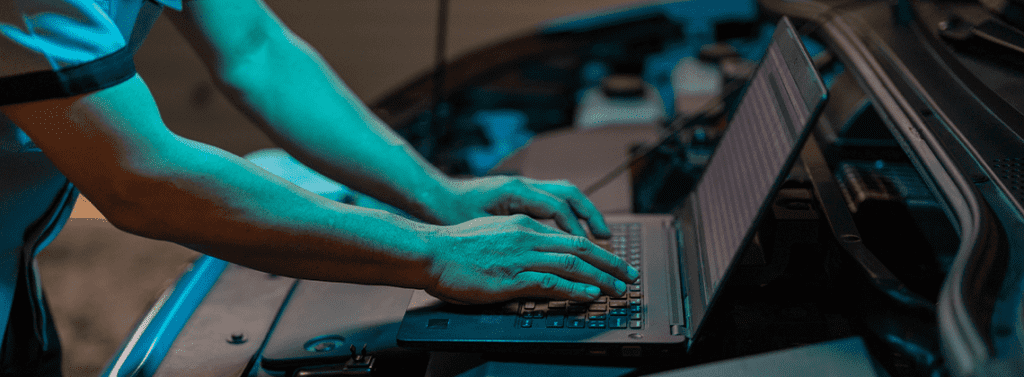As electric vehicles (EV) gain traction on our roads, so do concerns about the diagnostic capabilities of EVs when problems arise. Steering through these issues can be a source of frustration for EV owners and independent repair facilities. This blog explores the critical need for a standardized diagnostic system in EVs and how industry standards are paving the way for a standardized diagnostic system by 2026.
Diagnostic Dilemma for EVs
A common complaint in the EV consumer and mechanic space is the lack of clear and standardized diagnostic systems when the vehicles encounter problems. EVs often leave owners and repair facilities in the dark about what the cause of an issue is, unlike traditional gas- and diesel-powered engines, which have standard diagnostic abilities. The diagnostic differences not only complicate the repair process but also hinder long-term fixes that could be found if a root cause could be easily found.
Gas and diesel engines benefit from standardized diagnostic systems that can easily spot powertrain problems, among other issues, with a generic scanner. Industry standards for gas-powered vehicles make it easy to find faults and fix the issues quickly. In the EV landscape, a similar standard is crucial for the industry’s future growth and customer satisfaction. The absence of a standard keeps the repair centers from quickly and accurately identifying issues, and it also makes it harder for manufacturers to provide guidance for timely fixes.
California’s Role in the Future of EV Diagnostics
California, often at the forefront of environmental efforts, is also taking the lead in setting the standards for EV diagnostics. The California Advanced Clean Cars II regulation is leading the push towards zero emissions, and with that comes a need for a complete diagnostic framework for EVs. The overall aim is clear: to ensure that independent repair facilities have access to the same onboard diagnostics as franchised repair facilities by 2026. By demanding functions such as vehicle speed, odometer reading, state of charge, and cell voltage accessibility through a generic handheld scanner, it is promoting a more efficient and handy repair landscape for EVs as more make their way to the roads.
As electric cars continue to gain popularity, the road to reliable diagnostics is still underway. The absence of standardized diagnostic power has created a bumpy journey for EV owners, repair facilities, and their efficacy. By setting up clear standards and ensuring convenience across the board by 2026, the EV industry can drive towards a future where diagnosing and fixing issues becomes as simple as it is with our standard gas vehicles. It is time to bridge the diagnostic gap and move towards a more efficient and user-friendly EV landscape.

